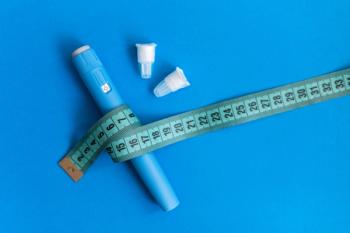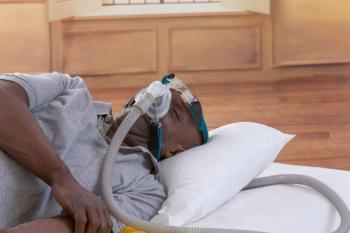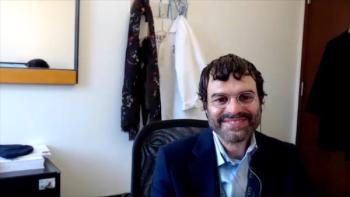
Soda Sales Keep Falling From Peak, Advocates Report
Sales peaked when this year's high school graduates were born, and have been declining ever since.
Sales of soda reached their peak when this year’s high school graduates were born, but the young men and women who collect diplomas this spring will have grown up drinking less soda than the teenagers before them, according to the Center for Science in the Public Interest.
Growing awareness of the connection between drinking sugar-sweetened beverages and obesity and diabetes has caused Americans to shift away from soda, and per capita consumption levels declined 26% since 1998, according to data from Beverage Digest cited by CSPI. In fact, the overall consumption level of soda is about what it was 1985, the report said.
“Drinking nine or 10 teaspoons of sugar makes no sense, and most Americans have wised up to what’s really in a single soda,” said CSPI president Michael F. Jacobson. “The soda industry, which for years has lectured the public about energy balance and moderation, has been marketing excessive consumption, both in terms of frequency and volume. A comprehensive government strategy to drive down consumption further could be a boon to Americans’ health and lower the healthcare costs paid by taxpayers.”
Fortune
CSPI advocates policies that would push soda consumption back to levels of the 1960s, when soda was an occasional treat and not an everyday substitute for healthier options like water or unsweetened tea.
Jacobson’s reference to “energy balance” refers to Coca-Cola’s effort to fund—and control—academic scholarship that would show rising obesity rates are due to lack of exercise, not excessive calorie consumption. Just this week, one of the professors associated with that campaign,
In the United States, there are several initiatives to enact soda taxes. The most visible one is the proposal by Philadelphia Mayor Jim Kenney to levy a 3-cent per ounce excise tax on sugary drinks to raise $400 million over 5 years for parks, pre-kindergarten, and other programs.
US Representative Rosa DeLauro, D-Connecticut, has sponsored legislation for a 1-cent tax per teaspoon of caloric sweetener. CSPI estimates this would raise $10 billion for health prevention programs.
However, as consumption falls and calls for soda taxes increase in the United States, marketing efforts increase in the developing world, according to CSPI and nutrition researcher and advocate Marion Nestle, PhD, MPH, who discussed these trends in the most recent issue of
Newsletter
Stay ahead of policy, cost, and value—subscribe to AJMC for expert insights at the intersection of clinical care and health economics.













































